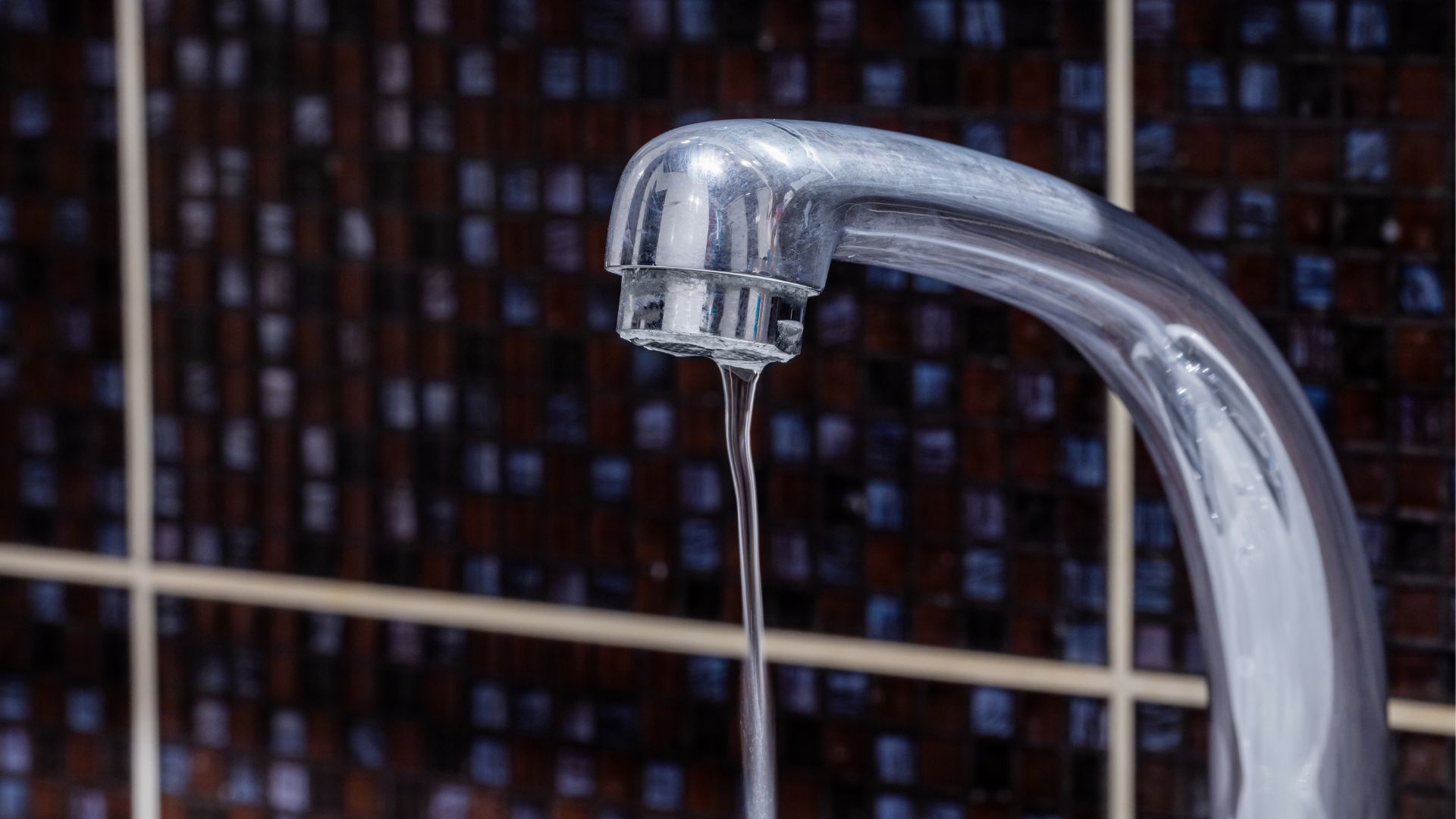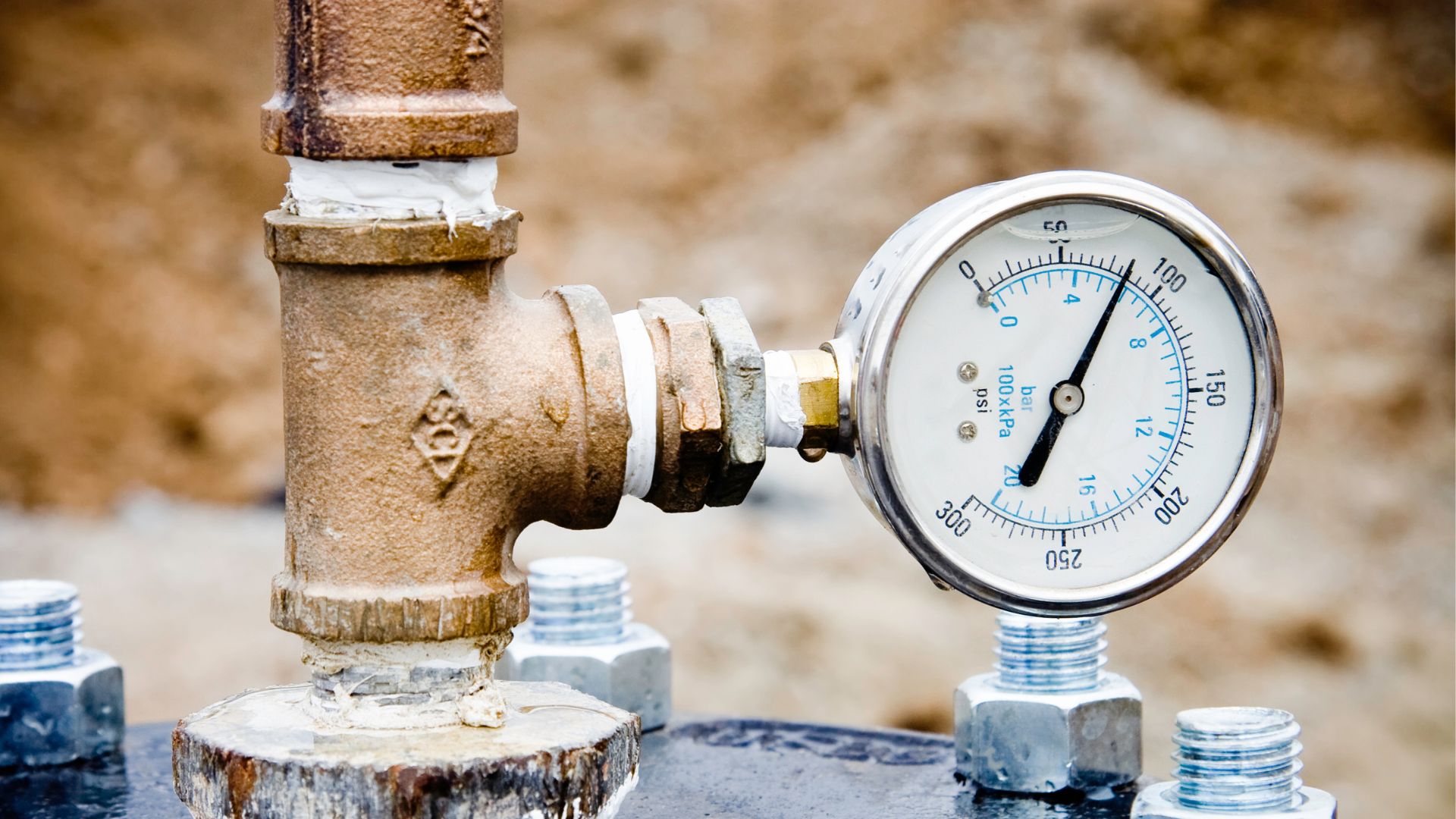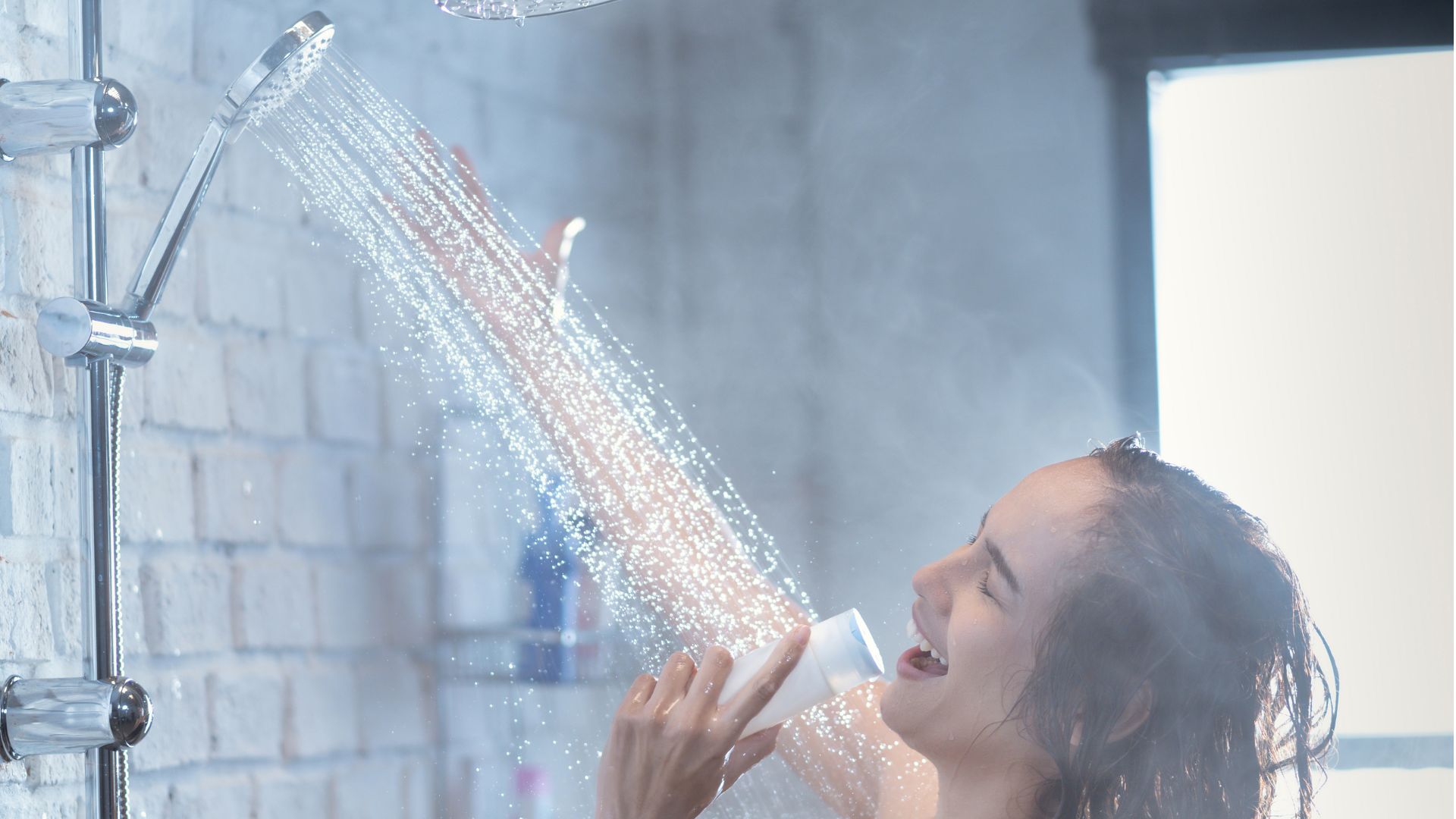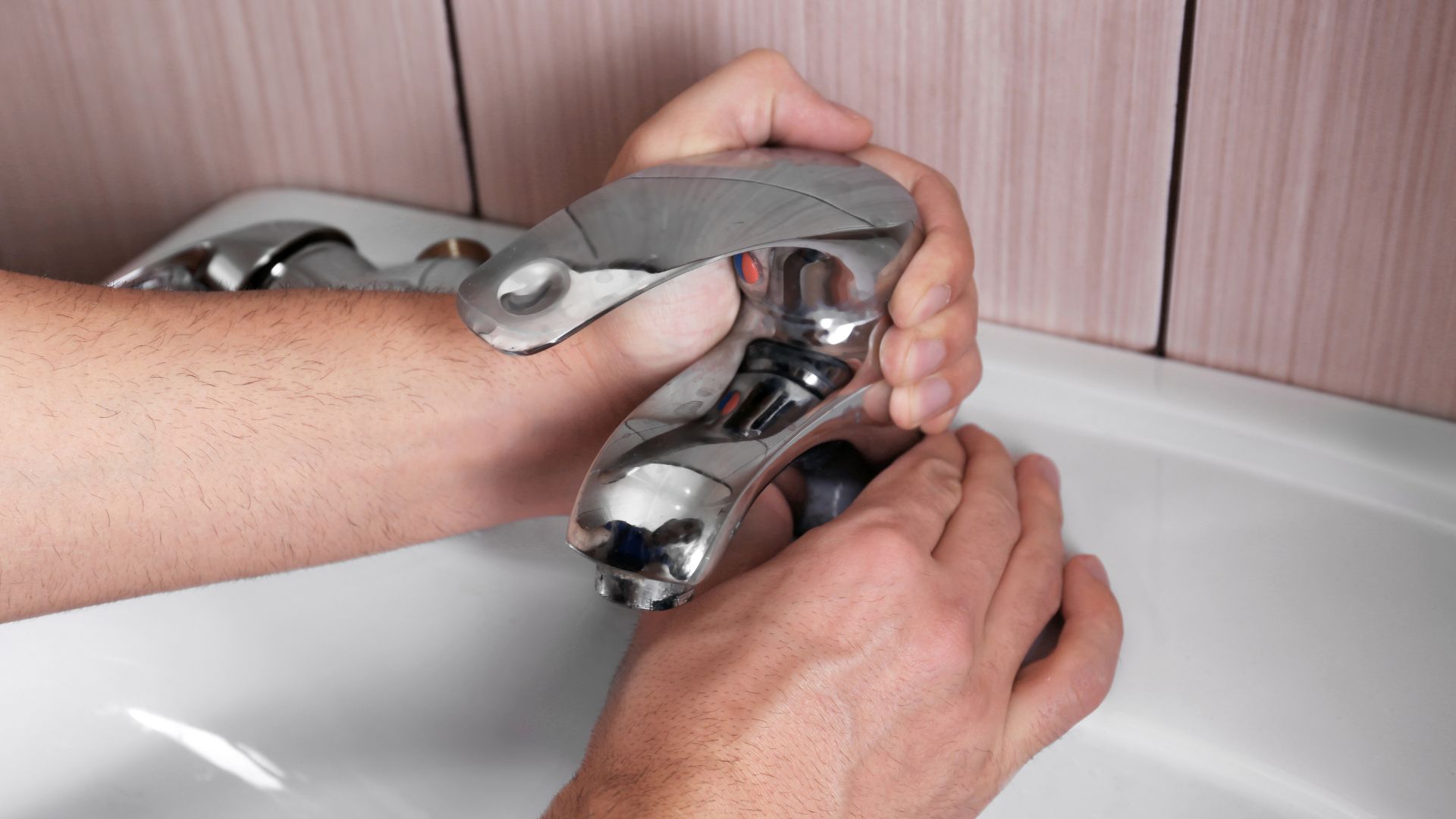7:00AM to 5:00PM

Water pressure is the term used to describe the force exerted by water as it flows through pipes and faucets within a home. It’s a crucial aspect of a household’s plumbing system, impacting everything from the efficiency of washing machines and dishwashers to the comfort of your showers. When water pressure is optimal, plumbing systems perform seamlessly, often unnoticed in our daily routines. However, when the pressure is too low or too high, it can lead to a range of issues, potentially disrupting household activities and even causing long-term damage to the plumbing infrastructure.
Understanding the nuances of water pressure is not just about comfort but also about preserving the health of your plumbing system. As a cornerstone of modern living, maintaining balanced water pressure ensures that your home runs efficiently, conserving water and energy and saving homeowners from costly repairs and excessive utility bills. This guide provides the knowledge to assess and maintain your home’s water pressure, ensuring your plumbing system operates at its best.
Water pressure is a measure of the force pushing water through your home’s plumbing system. It is crucial for the proper operation of household appliances and for ensuring a consistent flow from taps and showers. When water pressure is correctly balanced, it facilitates the smooth operation of your plumbing system, ensuring that everything from your kitchen faucet to your washing machine hoses functions effectively.
A pressure gauge is often used to test water pressure. This device is essential for any homeowner to maintain an optimal plumbing system. An inexpensive pressure gauge can accurately read the pressure within your pipes, typically measured in pounds per square inch (PSI). The ideal range for water pressure in a home is between 40-60 PSI.
A pressure regulator may be necessary if your water pressure is outside the optimal range. A water pressure regulator is a valve that adjusts the water flow to maintain a consistent pressure level. By installing a water pressure regulator, you can protect your plumbing system from the stresses caused by excessive pressure, which can lead to pipe damage or even burst washing machine hoses.

Using a water pressure gauge to test water pressure is a simple process that can prevent many issues related to water flow. If the pressure is too low, it can lead to inadequate water supply to your appliances and fixtures. Conversely, if the pressure is too high, it can strain your plumbing infrastructure, risking leaks and breaks.
Understanding and managing water pressure using tools like a pressure gauge and a water pressure regulator is vital for any homeowner. Keeping an eye on your water flow and pressure levels can save you from the inconvenience and costs of unexpected plumbing repairs.
Identifying whether you have low or high water pressure begins with understanding what normal water pressure looks like. Normal water pressure typically ranges from 40 to 60 pounds per square inch (PSI), and this is the range where most household plumbing systems, including appliances and fixtures, operate optimally. An accurate reading of your home’s water pressure is critical to determining if action is needed.
Low water pressure is often noticeable when you experience a reduced flow rate from taps or showerheads or if your irrigation system is not covering the usual area. It can be caused by a variety of issues, including but not limited to blockages in pipes, a malfunctioning well’s pressure tank, or problems with the municipal water utility. Low water pressure can also be evident if your appliances that use water, like dishwashers and washing machines, take longer to fill up or if there is a significant drop in performance when multiple fixtures are used simultaneously.
On the other hand, high water pressure can be detected if the flow of water from faucets is powerful or if you hear banging noises in the pipes, often referred to as “water hammer”. This condition can strain your entire plumbing system and lead to leaks or damage over time. High water pressure can also cause premature wear on appliance valves and lead to the failure of washing machine hoses and other connections that rely on female hose threads.
Attach a pressure gauge to an outside spigot or any fixture with male hose threads to get an accurate water pressure reading. This simple process can reveal whether the pressure in your pipes is above or below the desired range, allowing you to take steps to adjust it as necessary. Monitoring your water pressure and understanding the signs of deviation from the expected range will help you maintain the health and efficiency of your home’s plumbing system.

Several tools are needed to effectively check your home water pressure. At the top of the list is a reliable water pressure gauge, which can be found at your local hardware store. This gauge should have a rubber gasket to ensure a tight seal and the most accurate reading possible.
When selecting a pressure gauge, consider one easily attached to a hose bib. This ordinary outdoor faucet provides direct access to your home’s water supply. The hose bib is ideal for measuring water pressure because it reflects the pressure that affects your entire plumbing system, from washing machines to flex lines that supply water to your bathroom and kitchen fixtures.
Additionally, having a notepad or a digital device at hand may be beneficial for recording your readings, especially if you plan to monitor your water pressure regularly. It’s important to note the pressure at different times, as water supply demands can vary throughout the day, which might affect the pressure reading.

For a home with healthy water, you might need additional tools to check the water pressure directly from the well’s pressure tank. Similarly, if you’re experiencing issues with hot water pressure, you may need to inspect your water heater, which might involve reviewing the manufacturer’s guidelines for pressure settings.
Remember, high pressure can be just as problematic as low pressure, so ensuring a quality pressure gauge is crucial. With these tools, you’re well-prepared to assess the water pressure and maintain the health of your home’s plumbing system.
Performing a test is straightforward if you suspect a water pressure issue in your home. Here’s a step-by-step guide to help you measure the water pressure with accuracy:
If the pressure is consistently too high or too low, the following steps involve investigating the potential causes or installing a pressure regulator. Remember that if your home already has a pressure regulator installed, it may need adjustments or replacement. Always consult a professional if you are unsure about any steps in the process or if significant changes to your plumbing system are required.
Suppose you’ve noticed an inconsistency with the water pressure in your home, and testing has confirmed either a high or low reading. In that case, there are several steps you can take to troubleshoot the issue before calling in a professional. Here’s a systematic approach to identifying and potentially resolving water pressure problems:
Remember, while some troubleshooting steps are simple, any work involving the plumbing system’s integrity should be handled with care or by a professional to prevent damage or worsening of the issue.

Water pressure issues can range from minor inconvenience to a significant problem affecting the overall functionality of your home’s plumbing system. By methodically troubleshooting common problems, from checking individual faucets to evaluating your entire water supply system, you can often identify and even resolve simple issues. Regular monitoring and maintenance can help prevent sudden pressure changes and protect your appliances and plumbing infrastructure.
However, when DIY methods are insufficient, or if the problem appears complex, it’s crucial to consult a professional plumber. They have the expertise and tools to diagnose and fix water pressure issues efficiently and safely, ensuring your home’s water system operates optimally.
Are you tired of dealing with fluctuating water pressure? Don’t let low pressure trickle down your daily routine or high pressure burst your peace of mind. Take action now! Contact a Gold Coast Plumbing Company today to get a professional assessment and restore the comfort flow to your home. If you need assistance or advice on water pressure problems, contact professional help today and enjoy the serenity of perfectly balanced water pressure tomorrow!